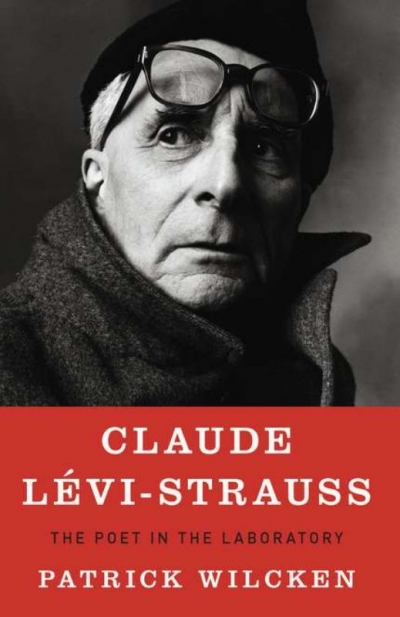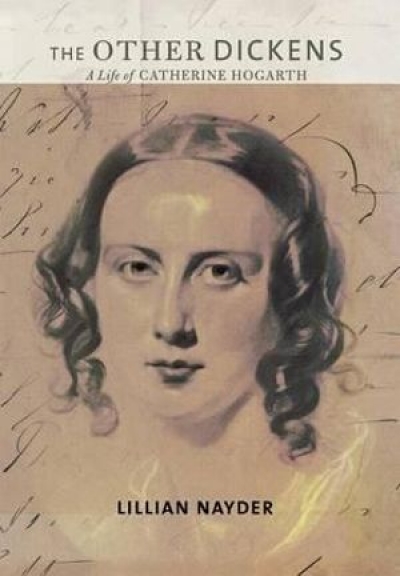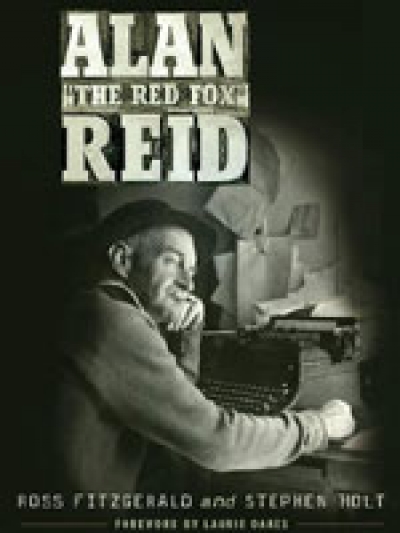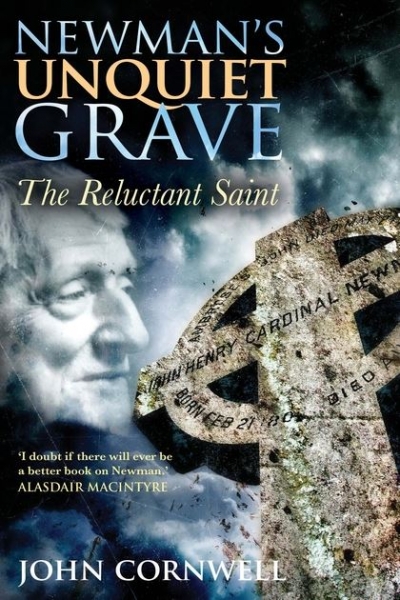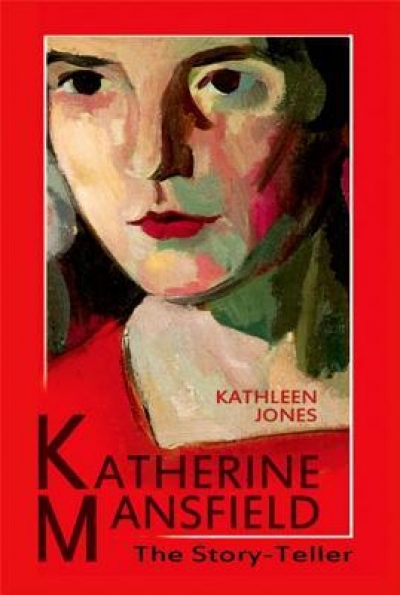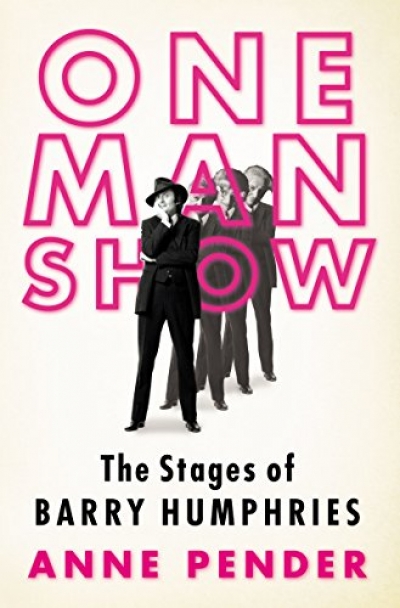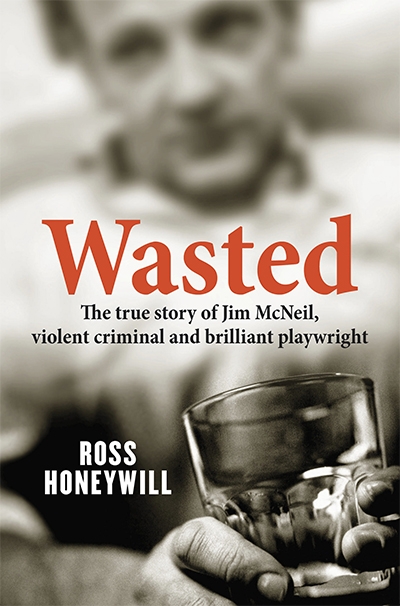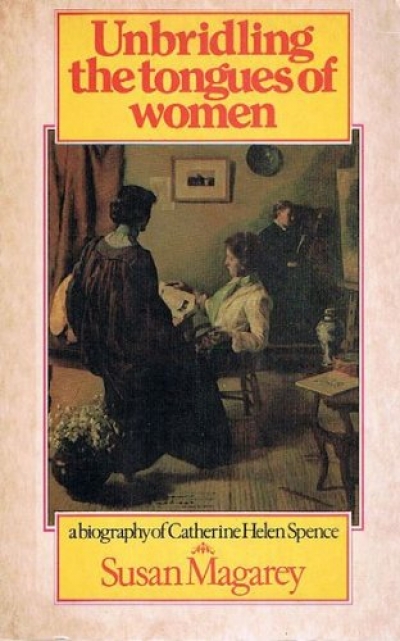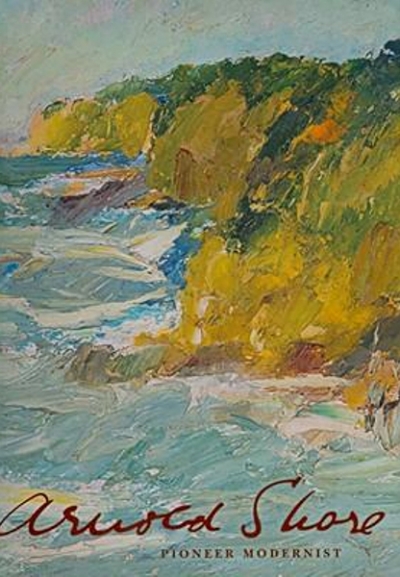Biography
Australia’s feisty first female High Court judge
John Bryson
From Moree to Mabo: The Mary Gaudron Story
by Pamela Burton
UWA Publishing, $49.95 pb, 511 pp, 9781742580982
H.V. Evatt, on the hustings during an election campaign, was asked by an eig ...
Claude Lévi-Strauss: The Poet in the Laboratory by Patrick Wilcken
by Grant Evans •
The Other Dickens: A Life of Catherine Hogarth by Lillian Nayder
by Grace Moore •
Alan ‘The Red Fox’ Reid: Pressman Par Excellence by Ross Fitzgerald and Stephen Holt
by Tom D.C. Roberts •
One Man Show: The Stages of Barry Humphries by Anne Pender
by Ian Britain •
Wasted: The true story of Jim McNeil, violent criminal and brilliant playwright by Ross Honeywill
by Murray Waldren •
Unbridling the Tongues of Women: A biography of Catherine Helen Spence' by Susan Magarey
by Helen Thomson •

